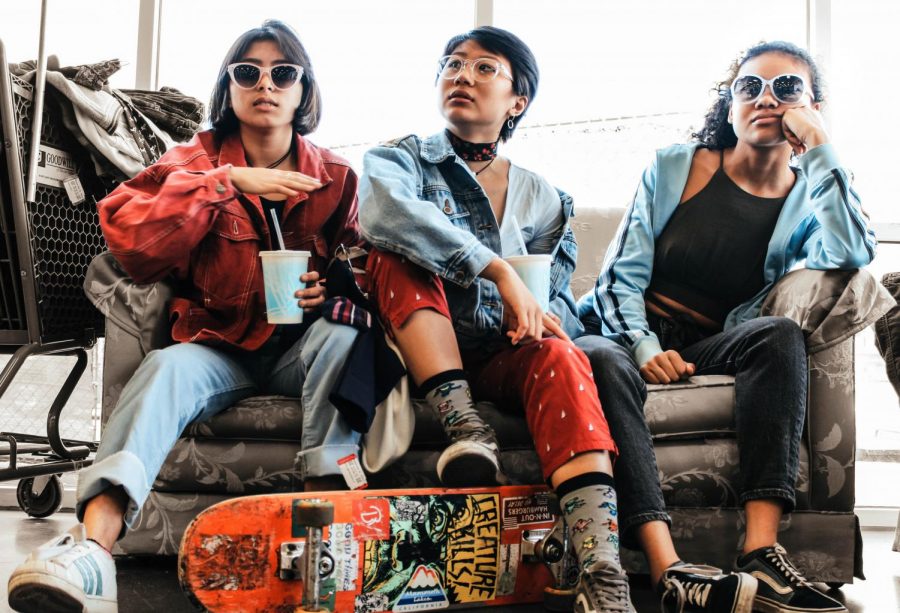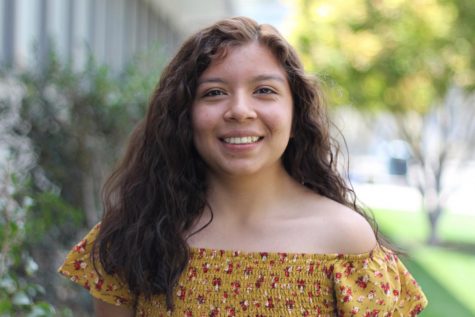Goodwill Hunting
February 12, 2018
Colorful blouses, the light screech of hangers being dragged across a closet rod and jean legs sticking out the side of a shopping cart best summarize the atmosphere of Goodwill, one of the most common thrift stores in the Bay Area. The store is full of people, including seniors Syyah Brown and Hannah Pang, and juniors Urna Bajracharya, April Benito and Desiree Medina, who search through the clothing racks, tossing anything that catches their attention into a cart.
Thrifting — a now popular pastime among teens looking to cop a deal — has long served the greater purpose of providing low cost, high-quality items for those who cannot afford expensive clothing from department stores. While these girls may embrace thrifting culture, the idea of buying and wearing used clothes is not always welcomed.
“I definitely do think there is a taboo around buying from thrift stores,” April — pictured on pg 30, bottom left — said. “Because it’s seen as something that’s usually for people that can’t afford [clothes] from department stores. But it doesn’t have to be that way, it’s what we make of it.”
The overall practice has a positive impact not only on the buyer but on the environment as well. Shoppers like Hannah (pg 29, middle) credit thrifting for allowing a consumer to feel good about what they’re buying without having to worry about falling into consumer culture.
“Fashion is the second-most wasteful industry behind oil,” Hannah said. “Especially with prominent brands like Forever 21 where they mass produce these clothes that look really good, follow all of the styles and have really good colors… that feed our psychological need of want.”
“There are so many clothes in the world already. I think that’s the main thing about thrifting, you always hear about reduce, reuse, recycle and we reduce a lot and we recycle a lot but we never reuse things.”
Moreover, thrift shoppers find clothing at stores like Goodwill that you wouldn’t typically find in a department store. The trend is a way for people to gather and move towards ending the stigma around second-hand shopping.
“There is a really big stigma around thrift shopping, [but] if I do get backlash, I don’t care,” Desiree — pg 30, top right — said. “I’ve never really cared what people think and if I do, I kind of tell myself not to [care] because I look fly as sh*t!”





